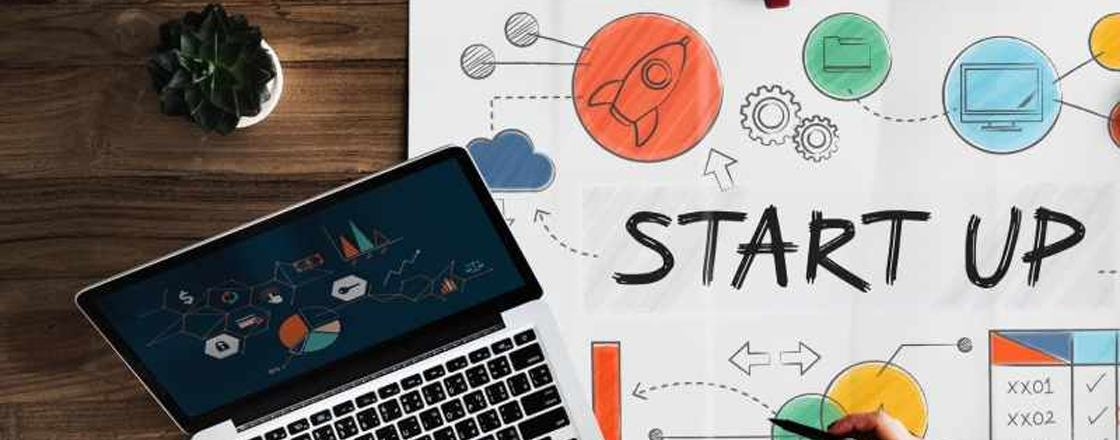Are you thinking of starting an Amazon store business? Or are you an experienced FBA seller thinking of expanding your offerings and testing out new markets, products and services? If you answered yes to either question, it means you likely have new audiences with needs that are not currently being met by your competitors.
An inspiring idea is just the first step in starting a new venture or going in a new direction. Many Amazon FBA sellers invest in a venture only to find out that they don’t know enough about the product, service or market to be successful – things like lack of technical knowledge and skills; or insufficient demand for your product can put production or your business to a screeching halt.
Is there a way to reduce the risk of business failure? Fortunately yes. It’s called a feasibility study. The main purpose of conducting a feasibility study is to test your product or service’s likelihood of success.
5 Reasons to Conduct a Feasibility Study
- To determine whether the business venture would be profitable or not. Many entrepreneurs have come up with solid business ideas only to abandon them because they could not ascertain whether the business would be profitable after conducting a feasibility study.
- To develop a narrative for marketing purposes when trying engaging with investors to fund your venture
- To expose the strengths, weaknesses, flaws, threats, opportunities, challenges, and unforeseen circumstances that could “make or break” the business venture.
- To ascertain the availability and viability of financial, human and technological resources that will be needed for the business
- To calculate how much startup capital your venture will need.
There are no hard and fast rules to conducting a business feasibility study; there are, however, certain widely accepted guidelines you can follow to ensure success. The feasibility study can be as complex or as simple as you want it to be, depending on your business model. So before taking the plunge, be sure that you have checked all important aspects and that it is possible to make a profit from the business you plan to build.
5 basic steps to conducting a feasibility study:
- Evaluate market potential to make sure there is sufficient demand for your products or services. Consider these factors:
-
- Who are your customers?
- What is your target geographical location? And, what is the population of your customers in this region?
- How much, on average, do customers spend on your product or service in a year?
- What is the total sale in the area?
- Is there a threat of new players to infiltrating the market?
-
- Determine the amount of startup capital. Do you have enough money to keep your new business venture afloat? Many people underestimate start-up costs, which is one of the reasons for failure.
- Assess the financial case to establish whether your project is viable after considering total costs and profitability. A market survey should supply you the information about how much to sell your new product or service. Next, determine your gross profit based on the projected income and expenses.
- Technical feasibility. Ensure that you have the necessary expertise, capital and infrastructure to operate, install, develop and maintain the business so that your new venture will be able to deliver products or services at a profit.
- Freight feasibility. Ordering inventory for your Amazon store is in most cases done in bulk. Many manufacturers also happen to be located overseas. You need to make sure that there is a way for your products to arrive safely and on schedule.
When starting an Amazon FBA business, it is vital to take into account whether you have sufficient access to resources. One of the many pitfalls of new business is under-capitalization. Ensure that you have enough startup capital to support the business until it begins to generate a profit.
Check your business plan from time to time to see whether you’re still on track with your goals. Using your feasibility study as a yardstick, and you should be able to see how long it will take your business to see a return on investment.
Bonus tip: be vigilant in checking your reimbursements
Being an Amazon FBA seller puts you in a dire situation whenever Amazon loses or damages your inventory. If you’re looking for a way to get back the thousands of dollars Amazon owes you; you are not alone.
The fact is Amazon owes 99 percent of sellers money.
The policies Amazon has in place for getting your money back in those situations are vague. They make you jump through hoops and loops; but even doing all that is no guarantee you’ll get your money back.
You need someone with years of experience handling your reimbursement claims for you.
So now there’s no need for your capital to get tied up in lost or damaged inventory. The solution to your problem lies at your fingertips.
Seller Investigators manually submits and manages these requests on a weekly basis, making sure damaged and lost goods are identified, tracked and credited to your account. You receive bi-weekly reimbursements from Amazon without having to do a thing!
Our team can do all the legwork for you in collecting the money Amazon owes you, so you can focus on taking care of your business.




